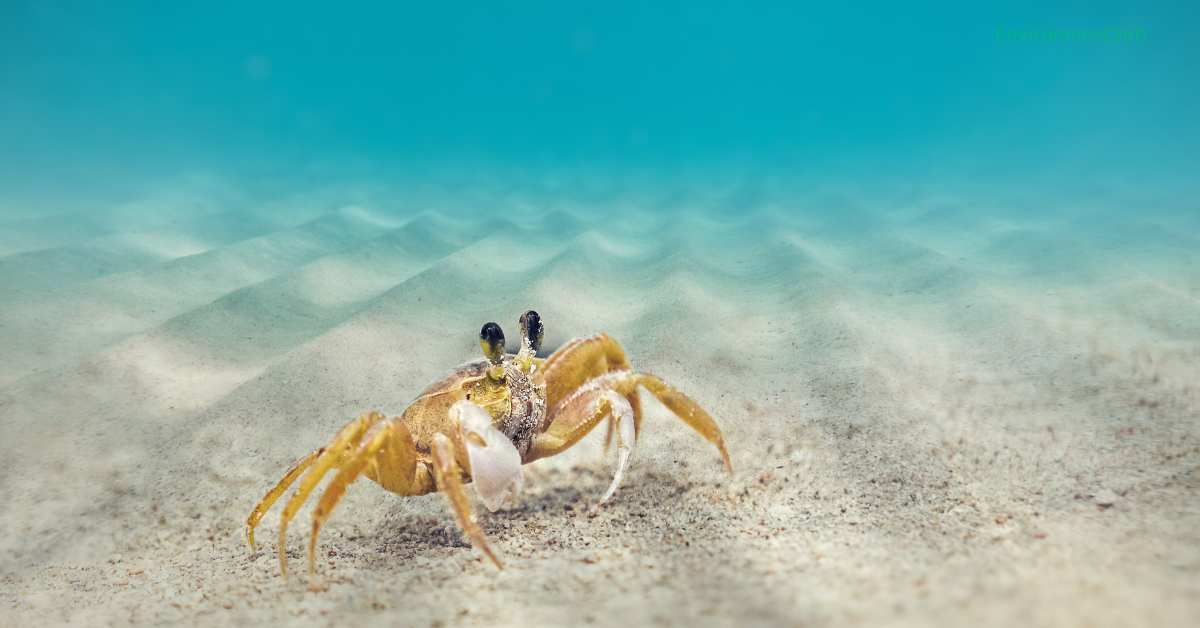Freshwater crabs are fascinating creatures that play vital roles in aquatic ecosystems. While crabs are often associated with marine environments, a surprising number of species have adapted to life in freshwater. These crabs can be found in rivers, lakes, and other freshwater bodies across the world. Despite their importance, they remain relatively underappreciated and often overlooked in environmental conservation efforts.
This article delves into the diverse world of freshwater crabs, exploring their biology, ecological roles, and the challenges they face in today’s rapidly changing environment. We will also look at conservation strategies to ensure the survival of these vital freshwater creatures.
What Are Freshwater Crabs?
Freshwater crabs belong to the Infraorder Brachyura, a group of crabs that also includes their marine counterparts. However, freshwater crabs have evolved unique adaptations that allow them to thrive in non-saline environments. These crabs are found in various freshwater habitats, including rivers, streams, lakes, and even marshes.
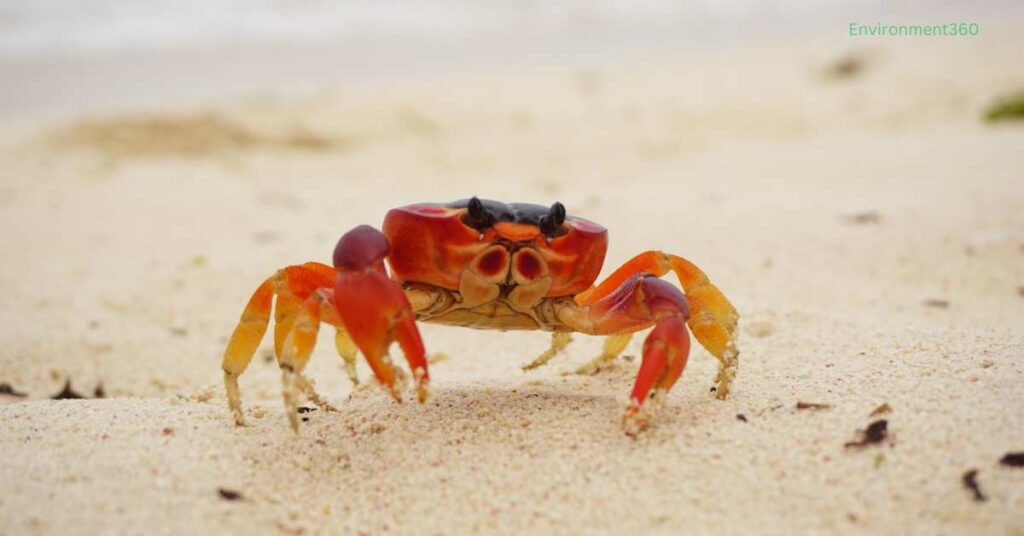
Types of Freshwater Crabs
There are over 1,300 species of freshwater crabs globally, many of which are endemic to specific regions. Some notable species include:
- Potamon fluviatile: A species native to southern Europe and one of the most well-known freshwater crabs in the Mediterranean region.
- Sudanonautes africanus: Found in Africa, these crabs play crucial roles in local ecosystems by maintaining water quality.
- Parathelphusa pantherina: Native to Southeast Asia, this species is known for its striking appearance and unique coloration.
Evolutionary Adaptations
Freshwater crabs have developed several adaptations that enable them to thrive in environments with little or no salt content. These adaptations include changes in their gills, which allow them to extract oxygen from freshwater, and specialized behaviors that help them regulate their internal salt and water balance. Additionally, many freshwater crabs have adapted their reproductive cycles to freshwater habitats, ensuring the survival of their offspring in these environments.
Ecological Roles of Freshwater Crabs
Freshwater crabs are essential contributors to the health and stability of freshwater ecosystems. As both predators and scavengers, they help control populations of other organisms and recycle nutrients.
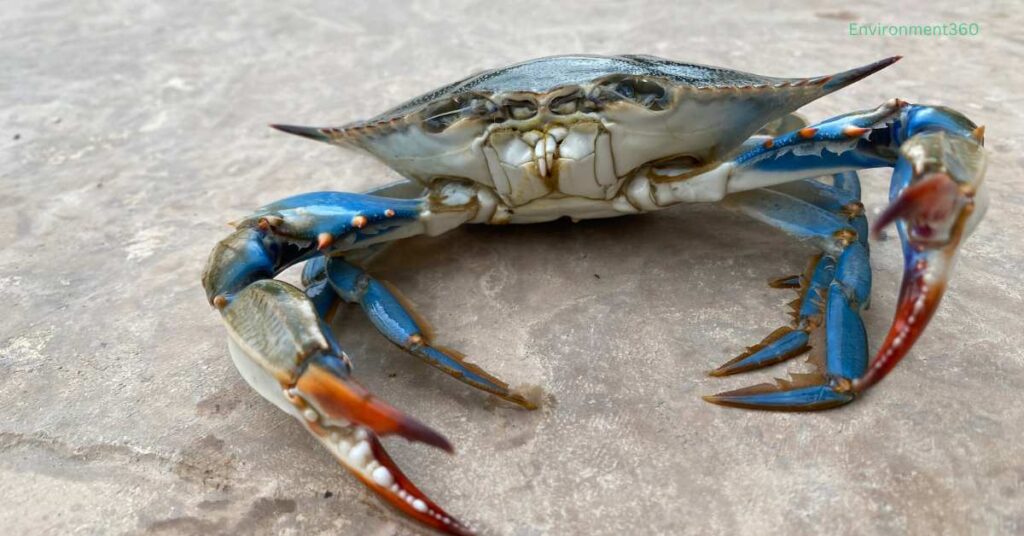
Nutrient Recycling
Freshwater crabs are omnivorous and often feed on a variety of organic material, including decaying plant matter, small fish, and insects. Their feeding habits play a crucial role in nutrient cycling within aquatic ecosystems. By breaking down organic material, crabs help to release nutrients back into the water, which can then be used by other organisms such as algae and aquatic plants.
Maintaining Water Quality
In many ecosystems, freshwater crabs act as bioindicators—organisms that can provide valuable information about the health of an ecosystem. Their presence often indicates clean, oxygen-rich water, while their absence may signal pollution or habitat degradation. As scavengers, they also help clean up detritus and dead organisms, reducing the risk of waterborne diseases.
Predator-Prey Dynamics
Freshwater crabs occupy an important position in the food web. They serve as prey for a variety of animals, including birds, fish, and larger mammals. At the same time, they are effective predators of smaller organisms, such as insects, snails, and worms. This dual role helps to maintain a balanced ecosystem by regulating populations and ensuring that no single species becomes too dominant.
Habitat and Distribution of Freshwater Crabs
Freshwater crabs are distributed across all continents except Antarctica. Each region’s species have evolved to fit the specific conditions of their habitats, resulting in a high degree of endemism.
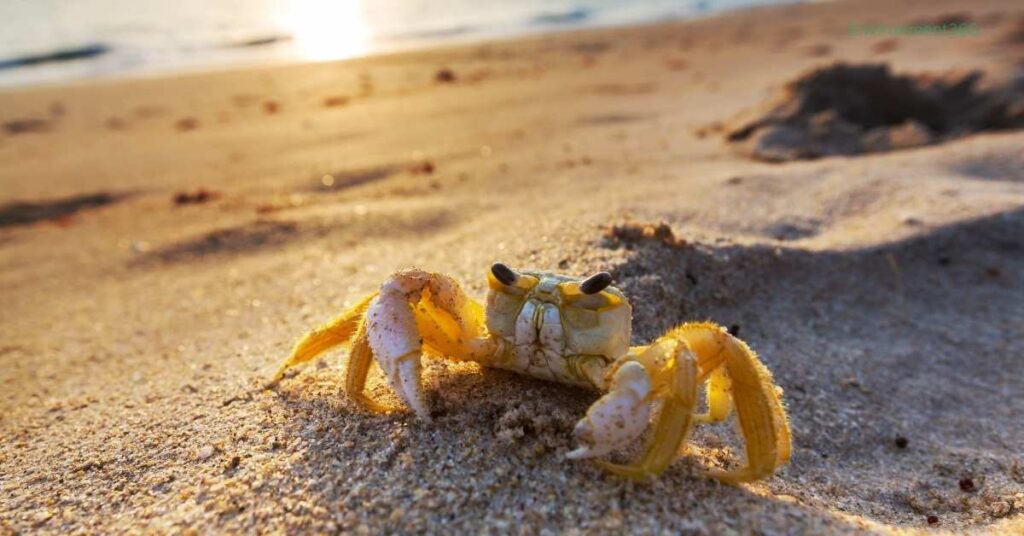
Freshwater Crabs in Asia
Asia is home to a large number of freshwater crab species, particularly in tropical regions like Southeast Asia and India. These crabs often live in fast-flowing rivers and streams, where they can find ample food and shelter. One notable species, Potamonautes depressus, can be found in the Himalayas, where it has adapted to cold, high-altitude environments.
African Freshwater Crabs
Africa is another hotspot for freshwater crab diversity. In regions like West Africa, species such as Sudanonautes floweri inhabit rivers and swamps. These crabs have adapted to the seasonal variability of African rivers, which often experience dry periods during which water levels drop significantly.
Freshwater Crabs in South America
In South America, freshwater crabs are less common, but species like Aegla crabs can be found in the rivers of Brazil and Argentina. These crabs play an essential role in maintaining the health of their ecosystems by serving as both predators and scavengers.
European Freshwater Crabs
Although Europe has fewer freshwater crab species, some, like the Potamon fluviatile, are well-known. These crabs are primarily found in southern Europe, where they inhabit rivers, lakes, and even brackish coastal waters.
Freshwater Crabs in North America
In North America, freshwater crabs are rarer, with most species concentrated in tropical regions of Central America. However, some species have been introduced into the United States, where they have become invasive and threaten native ecosystems.
Threats to Freshwater Crabs
Despite their ecological importance, freshwater crabs face numerous threats that put their populations at risk. These threats include habitat loss, pollution, climate change, and overexploitation.
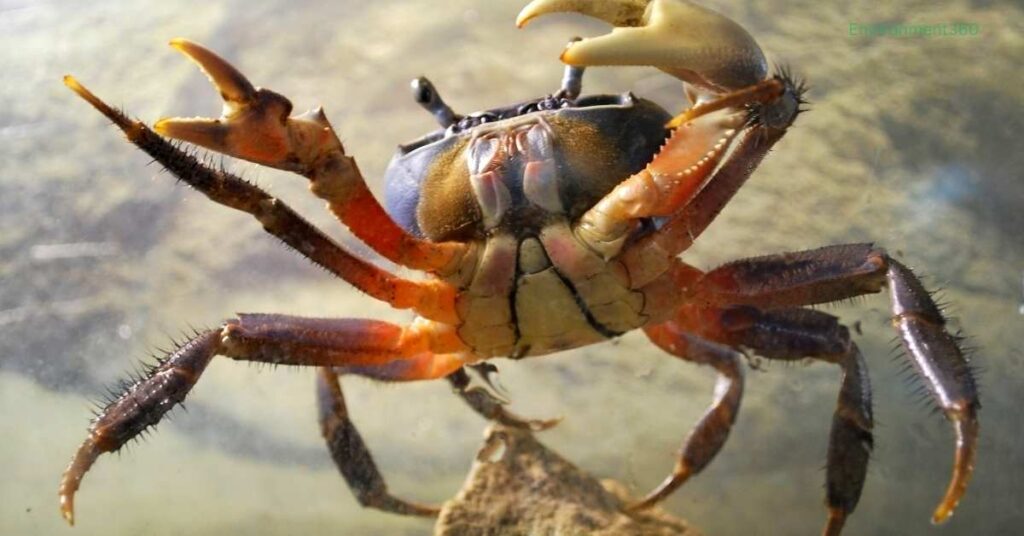
Habitat Destruction
One of the primary threats to freshwater crabs is habitat destruction. As human populations expand, many freshwater ecosystems are being degraded or destroyed to make way for agriculture, urbanization, and industrial development. Dams, in particular, disrupt river systems and can isolate crab populations, making it difficult for them to find food and reproduce.
Pollution
Pollution is another significant threat to freshwater crabs. Many freshwater ecosystems are contaminated with agricultural runoff, industrial waste, and plastic debris. These pollutants can harm crabs directly by contaminating their food sources and indirectly by degrading the quality of the water in which they live. Pesticides and heavy metals are particularly dangerous, as they can accumulate in the bodies of crabs and other organisms over time.
Climate Change
Climate change is having a profound impact on freshwater ecosystems around the world. Rising temperatures can alter the distribution of freshwater crab species by making some habitats unsuitable for their survival. Additionally, changing precipitation patterns can lead to more frequent droughts and floods, which can further disrupt the delicate balance of these ecosystems.
Overexploitation
In some regions, freshwater crabs are harvested for food or as part of the pet trade. While moderate harvesting can be sustainable, overexploitation can lead to population declines and even local extinctions. This is particularly concerning for species that are already vulnerable due to habitat loss and other threats.
Conservation Efforts for Freshwater Crabs
Conservation efforts for freshwater crabs are essential to preserving the health and biodiversity of aquatic ecosystems. Several strategies can be employed to protect these species and their habitats.
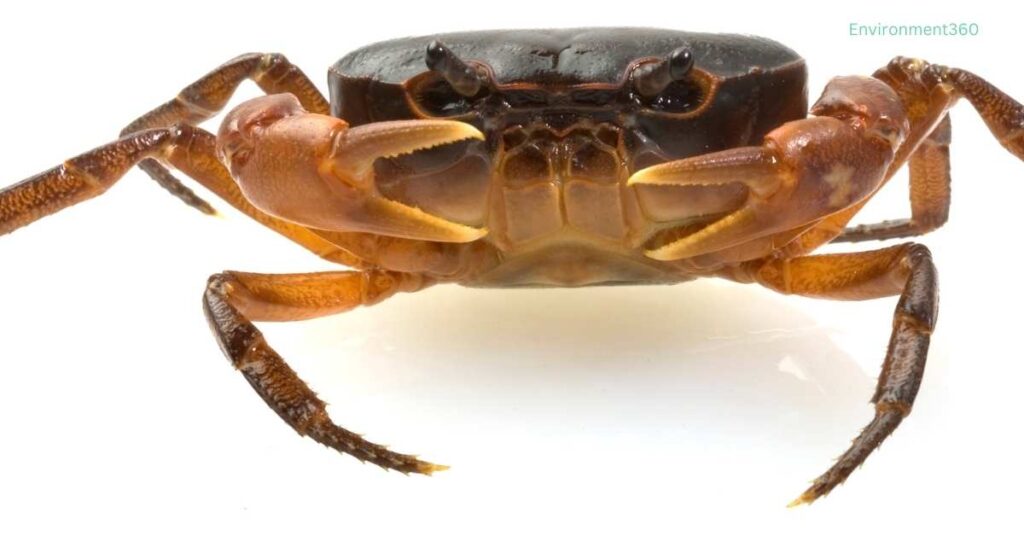
Habitat Protection and Restoration
One of the most effective ways to conserve freshwater crabs is to protect and restore their habitats. Establishing protected areas such as national parks and wildlife reserves can help prevent habitat destruction and ensure that crabs have access to clean water and suitable environments. Additionally, efforts to restore degraded habitats—such as replanting riparian vegetation or removing invasive species—can improve the quality of freshwater ecosystems.
Pollution Control
Reducing pollution is critical to the survival of freshwater crabs. Governments and industries must work together to limit the release of harmful chemicals into freshwater ecosystems. This can be achieved through stricter regulations on agricultural runoff, waste disposal, and industrial emissions. Public awareness campaigns can also encourage individuals to reduce their use of plastics and other pollutants that can harm freshwater ecosystems.
Climate Change Mitigation
Addressing climate change is essential for the long-term survival of freshwater crabs. This involves reducing greenhouse gas emissions, promoting renewable energy sources, and implementing adaptive management strategies to help ecosystems cope with changing conditions. In some cases, it may also be necessary to assist crab populations in relocating to new habitats as their current environments become unsuitable due to climate change.
Sustainable Harvesting Practices
Where freshwater crabs are harvested for food or the pet trade, it is important to implement sustainable harvesting practices. This may include establishing quotas to limit the number of crabs that can be collected, protecting breeding populations, and promoting captive breeding programs to reduce pressure on wild populations.
The Future of Freshwater Crabs
Freshwater crabs play a crucial role in maintaining the health and biodiversity of aquatic ecosystems. However, their future is uncertain due to the many threats they face. By taking action to protect their habitats, reduce pollution, and mitigate climate change, we can help ensure that these fascinating creatures continue to thrive in freshwater ecosystems around the world.
As awareness of the importance of freshwater crabs grows, there is hope that conservation efforts will be successful. Scientists, environmentalists, and local communities must work together to safeguard these species and the ecosystems they support. Through continued research and conservation, we can ensure that future generations will be able to appreciate the unique and vital role that freshwater crabs play in our world.
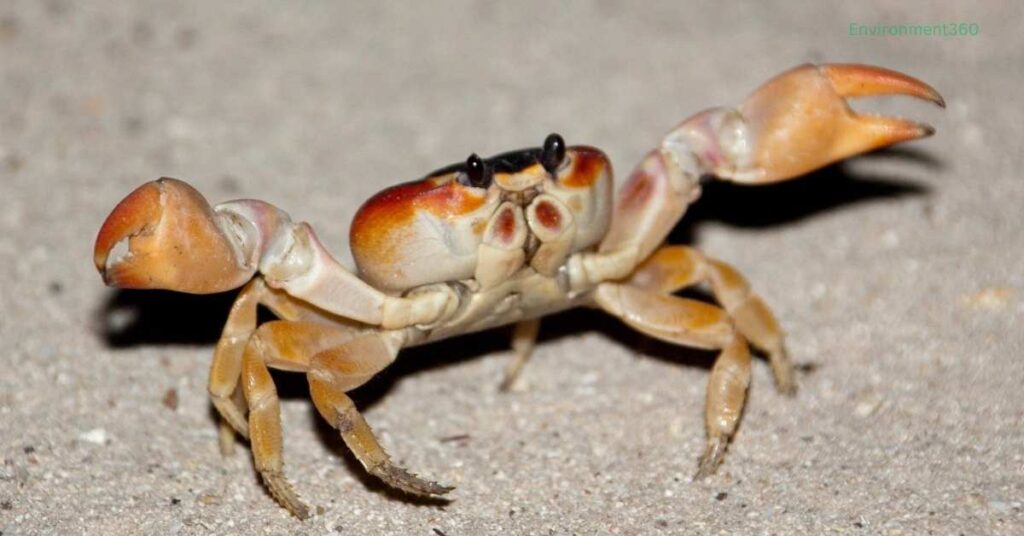
Conclusion
Freshwater crabs are an essential yet often overlooked component of freshwater ecosystems. Their roles as scavengers, predators, and bioindicators make them invaluable to the health and stability of these environments. However, they are increasingly threatened by human activities such as habitat destruction, pollution, and climate change.
Conservation efforts must prioritize protecting and restoring freshwater crab habitats, reducing pollution, and addressing climate change to ensure the survival of these species. By doing so, we can help maintain the biodiversity and ecological balance of freshwater ecosystems for the benefit of all species, including humans.
In conclusion, freshwater crabs are more than just fascinating creatures; they are vital to the health of our planet’s freshwater systems. Protecting them is not only essential for their survival but for the continued wellbeing of the ecosystems they inhabit.
Read More: Octopus Names: Understanding and Naming These Fascinating Sea Creatures

